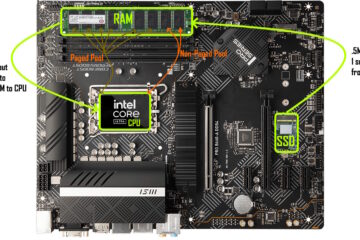XML-RPC is a remote procedure call protocol used by WordPress for various purposes, including mobile app integration, remote publishing, and pinging services. However, due to security concerns, it is recommended to disable XML-RPC on WordPress as a general statement.
The question really is, how serious a problem is XML-RPC and should you worry about it… we think not:
Te real focus of this video is to talk about so called White Hat hackers that send you notices about problems with your website. Are they just looking for money or are they actually doing you some good?
One of the primary reasons to disable XML-RPC is its vulnerability to brute-force attacks. XML-RPC allows attackers to make multiple login attempts using different combinations of usernames and passwords until they successfully gain access. This is known as a brute-force attack, and it can be devastating to a website’s security, unless you’re using a tool like word fence that properly blocks that those hackers who who have too many failed login attempts.
Another issue with XML-RPC is its potential for denial-of-service attacks. Since XML-RPC allows for remote procedure calls, it is possible for attackers to send a large number of requests to the server, overloading it and causing it to crash. Disabling XML-RPC can prevent this type of attack from happening but so can other tools, again Wordfence.
It’s worth noting that disabling XML-RPC may cause some compatibility issues with certain plugins or applications that rely on this protocol. For example, some mobile apps for WordPress may require XML-RPC to function properly. In these cases, it may be necessary to leave XML-RPC enabled.
In conclusion, while XML-RPC can be useful for certain applications and integrations, it is also a security risk but it can be mitigated through several different methods including using a product like Wordfence to keep your WordPress site safe.



0 Comments